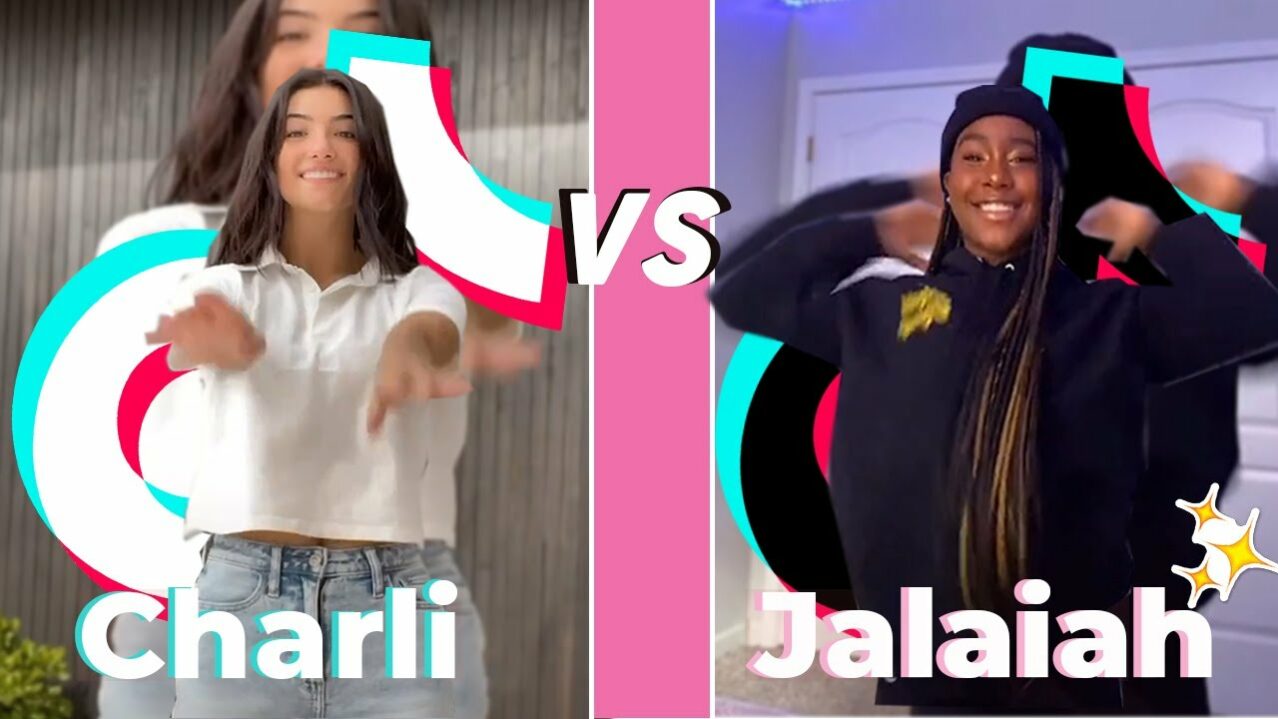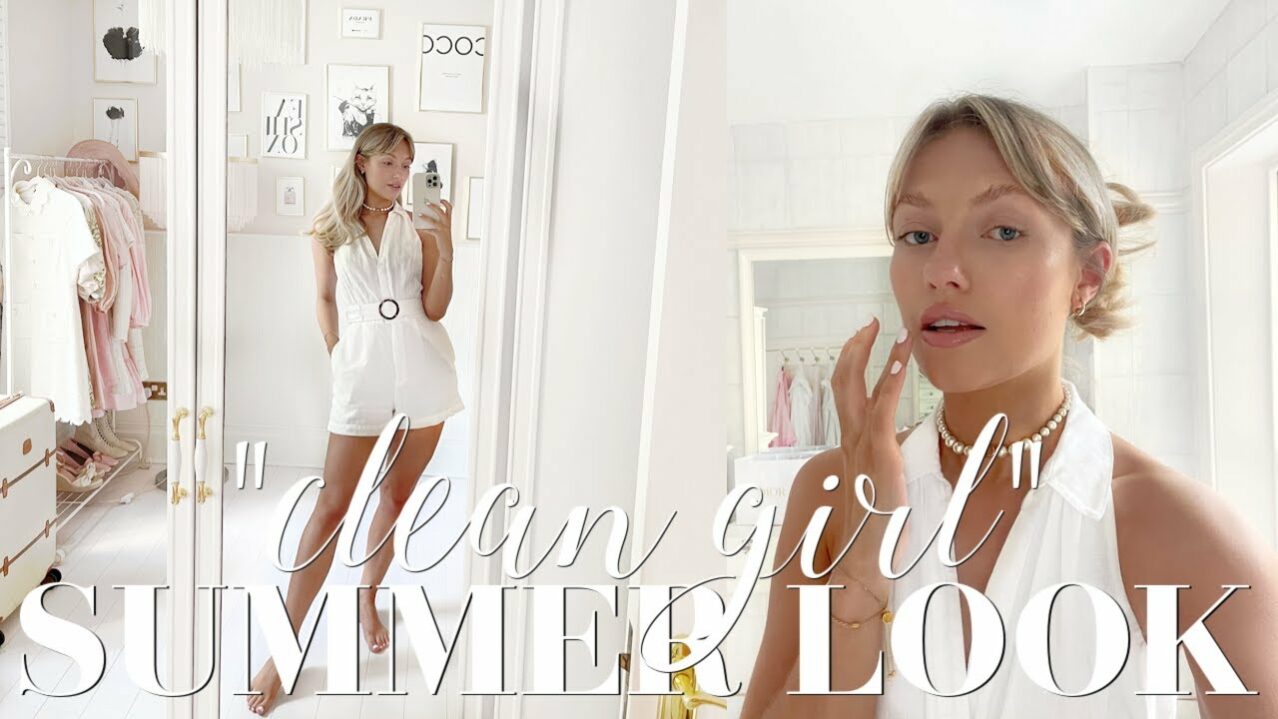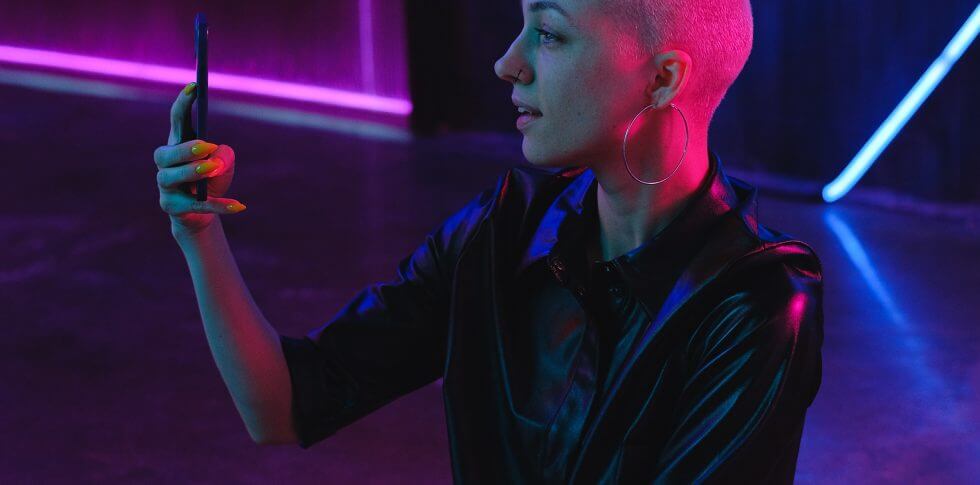Trend forecasting is a 50-year-old industry, first established as distinct from market research in the early 1970s, but it’s one that’s seen a dramatic transformation over the past 15 years. Social media has redefined the meaning of the word “trend” and its cultural associations. In this week’s MTM mailer, our Cultural Insights & Trends team considers how social media has reshaped the trends industry and shares how we are adapting to this new landscape.
The democratisation of trends
Social media has democratised the trend cycle in several ways. Firstly, it has disrupted the traditional tastemaker model that trend forecasters historically relied upon. In the past, most trends would emerge from a niche group of early adopters located in metropolitan cultural hubs like New York and London. Today, a trend is as likely to start in a suburban teenager’s bedroom as in a hip club or art scene. Social media has empowered everyone to start a trend, and similarly, to document the trends they see around them. “Previously there were cultural middlemen who would enforce the trends and they’ve all been put out of business by the internet,” said influential trend forecaster Sean Monahan in a recent interview.
When we use social listening to trace trends back to their origin, we often find the first post came from a small account and generated little engagement. Gradually, the trend gets noticed and shared by increasingly larger accounts (from micro to macro-influencers), gains the attention of the media, and eventually reaches its peak of mainstream recognition. This cycle has its flaws – for example, TikTok attracted criticism from lesser-known creators in its dance community, who found that well-known influencers were getting credit for viral dance moves or challenges they had originated. This is particularly problematic since the bigger influencers are more likely to be white, and the originators typically Black – an issue that led Black creators to go on strike in 2021.

TikTok star Charli D’Amelio became associated with the Renegade dance, which was originated by Jalaiah Harmon.
The democratisation of trends caused by social media is exciting to us as researchers, as it makes it easier than ever to immerse ourselves in different cultures, and opens our eyes to trends we may never have discovered without this level of access. However, it also lays bare how the origins of ideas and creativity can be misattributed, and reminds us of our responsibility to ensure our research is diverse and inclusive.
The acceleration of the trend cycle
Another way that social media has impacted the trend cycle is that it’s now able to move faster than ever. While in the past it would have taken months or years for a trend to go from a niche community to mainstream recognition, the social media trend cycle we outlined above usually happens within a matter of weeks, or even days. One example is the ‘clean girl’ aesthetic, which was mentioned 36,000 times on social media on 29th May 2022, and only 388 times on 6th June, just one week later, according to data from Meltwater. Within days of going viral, the trend was being called out for cultural appropriation and promoting unrealistic ideals to young women.

‘Clean girl’ was a short-lived trend last summer
The acceleration of the trend cycle can be overwhelming, confusing, and even undermine the value of a trend (after all, there’ll be another one next week). It can be difficult for industries that need to keep up with what’s going on in culture, such as fashion, media and advertising, to tell the difference between a trend or a fad. Both for professionals and consumers themselves, the relentless pace of trends can feel exhausting.
We find it helpful to think in terms of micro and macro trends. Keeping up with day-to-day trends on social media is an essential part of our job, but it’s equally important to zoom out and look for connections between the trends we’re seeing – both on social media and elsewhere, online and offline. It’s these connections and correlations that tip us off about the cultural shifts that our clients are really seeking to understand when they commission us. This knowledge enables us to make evidence-based predictions about where culture and society is heading, and give informed advice on how businesses can adapt to remain relevant.
How trends became a trend
For both of the reasons outlined above, there’s more interest in trends than ever before. Both social media creators and online publications have discovered that content explaining emerging trends is a format that can generate huge reach and engagement, as people search for quick explainers in order to stay in the loop. This has created an interesting situation where creators and journalists are incentivised to speed up the trend cycle even further and depict trends as having more cultural relevance than they really have in order to generate more views, likes and shares for their content about the trend. One standout example is the word “cheugy,” covered by everyone from Vogue to the Daily Mail as though it was a central tenet of youth speak, based primarily on one TikTok video.

A tweet joining in with the ‘skeleton brunch’ trend
It’s not just us in the trends industry who have picked up on this development. Some members of Gen Z, the demographic associated with most online trends, have clocked the media’s attempts to determine what’s cool among their generation, and taken the opportunity to do what they do best – a little lighthearted internet trolling. Earlier this year, a Twitter user invented ‘skeleton brunch,’ and soon creators across Twitter and TikTok were joining in on the hoax. It followed the social media trend cycle as posts on the topic gradually gained more engagement, and soon media outlets like The Sun and the New York Post had covered it, unwittingly warning parents of the dangers of an entirely fabricated trend. For us in the trends industry, examples like this highlight the importance of validating trends we hear about on social media with thorough research.
As each new social media platform has come along, we’ve seen trends reshaped in a new way: from Twitter’s trending topics to Instagram’s focus on aesthetics and, most recently, TikTok’s algorithm that enables anyone to go viral if the content is right. Since there’s no doubt there will be more social media eras to come, we can confidently say that the transformation of the trends industry will also continue, and we can’t wait to see what’s next.
